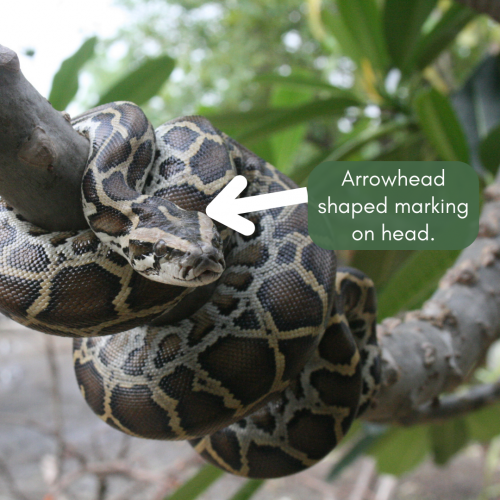What’s going on?
Burmese pythons are non-venomous snakes that are native to southern and southeastern Asia. They are one of the largest species of snakes in the world, averaging 6-9 feet in length.
From 1996 to 2006, around 99,000 pythons were brought to the U.S. to be sold as pets. Many of the pythons made their way into Florida’s natural environment by escaping their cages during hurricanes and pet owners irresponsibly releasing them into the wild. They have successfully established a breeding population in the Everglades and are recognized as an invasive species.
Every year, the Florida Fish and Wildlife Conservation Commission holds the Florida Python Challenge to hunt Burmese pythons. Participants from all over the country come to South Florida and compete against each other to remove the most snakes from the environment. The biggest python that has ever been caught in Florida was 18 feet long and 215 pounds.
Why it matters.
Burmese pythons compete with native wildlife for food and eat endangered species, which disrupts the natural food web. They have been linked with the decline in raccoon, opossum, and bobcat populations, and have caused the near disappearance of marsh rabbits, cottontail rabbits, and foxes in Everglades National Park.
In Florida, Burmese pythons have very few natural predators, which has allowed them to flourish. Alligators are the main competitors of Burmese pythons. However, when these snakes reach a certain size, they can prey on alligators in addition to their usual diet of mammals and birds.
What it looks like.
Burmese pythons are tan with dark spots along their backs and sides, which are similar to the markings on a giraffe.

What you can do.
If you see a Burmese python in the wild, report it to the Florida Fish and Wildlife Conservation Commission immediately. If you see a python take a photo, note your location, and report the sighting to the Exotic Species Hotline.
Information from the Florida Fish and Wildlife Conversation Commission, Florida Museum, Berkeley International and Executive Programs, Smithsonian Magazine, and USGS.